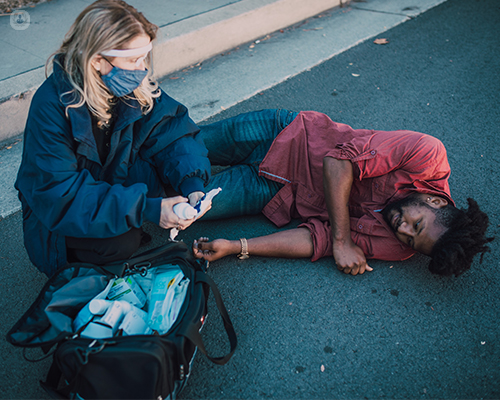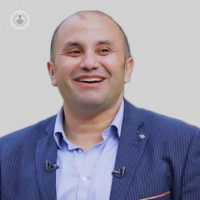How you can help: complex trauma prevention and first aid
Written by:Complex trauma may happen when you least expect it, however, being prepared and knowing what to do is important and can potentially save a life. Following his two other articles on complex trauma and fractures, expert consultant orthopaedic surgeon Professor Mohamed Imam provides information and advice to help us better prepare in tough complex trauma situations.

How can complex trauma be prevented?
Prevention is better than cure. Some important prevention steps are:
- It is recommended to put on protective gear while skiing, biking, rollerblading, and participating in contact sports. Protective gear includes elbow and knee pads, wrist guards, shin pads, and a helmet.
- Create a safe home for young children. Placing a gate at stairways and keeping windows closed are important.
- Teach children how to be safe and look out for themselves.
- Supervise children carefully. No matter how safe an environment or situation may appear to be, there is no substitute for supervision.
- Prevent falls by following safe practice; these include avoid standing on chairs, counter tops, or other unstable objects. Remove throw rugs and electrical cords from floor surfaces. Use handrails on staircases and non-skid mats in bathtubs. These steps are especially important for older people.
What are first aid steps that can be taken?
First aid steps include:
- Check the person's airway and breathing. If necessary, call for help and begin rescue
- Keep the person still and calm.
- Examine the person closely for other injuries.
- If medical help responds quickly, allow the medical personnel to take further action.
- If the skin is broken, it should be treated right away to prevent infection. Call emergency help right away. DO NOT breathe on the wound or probe it. To avoid further contamination, try to cover the wound. Cover with sterile dressings if they are available. If you are not medically trained to do so, do not try to line up the fracture.
- If needed, immobilise the broken bone with a splint or sling. Rolled up newspaper or strips of wood can act as possible splints. Both areas above and below the injured bone should be immobilised.
- Apply ice packs to reduce pain and swelling. Keeping the limb elevated can provide additional help to reduce swelling.
Do not:
- DO NOT move the person unless the broken bone is stable.
- DO NOT move a person with an injured hip, pelvis, or upper leg unless it is absolutely necessary. If you must move the person, pull the person to safety by his clothes (such as by the shoulders of a shirt, a belt, or pant legs).
- DO NOT move a person who has a possible spine injury.
- DO NOT attempt to straighten a bone or change its position unless blood circulation appears hampered and no medically trained personnel are nearby.
- DO NOT try to reposition a suspected spine injury.
- DO NOT test a bone's ability to move.
If you have recently had complex trauma and would like to book a consultation for treatment, you can go to Professor Imam's profile and schedule a visit.


